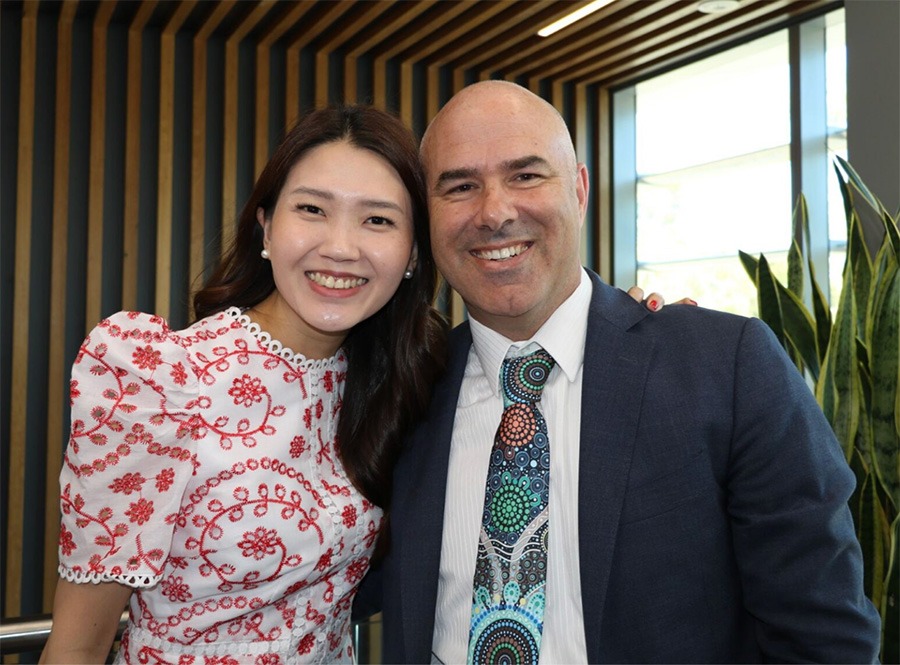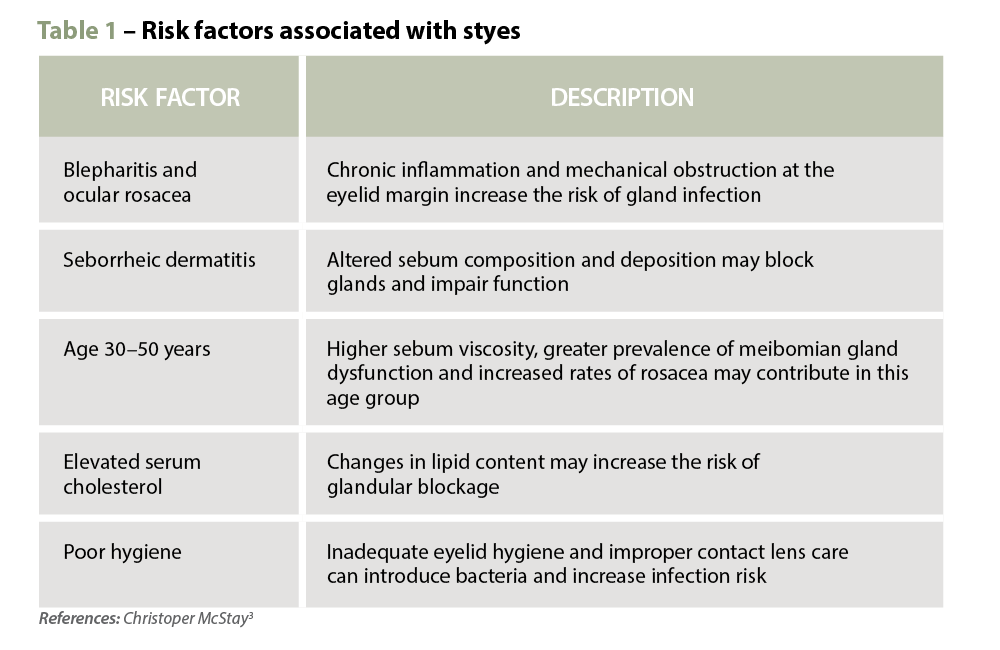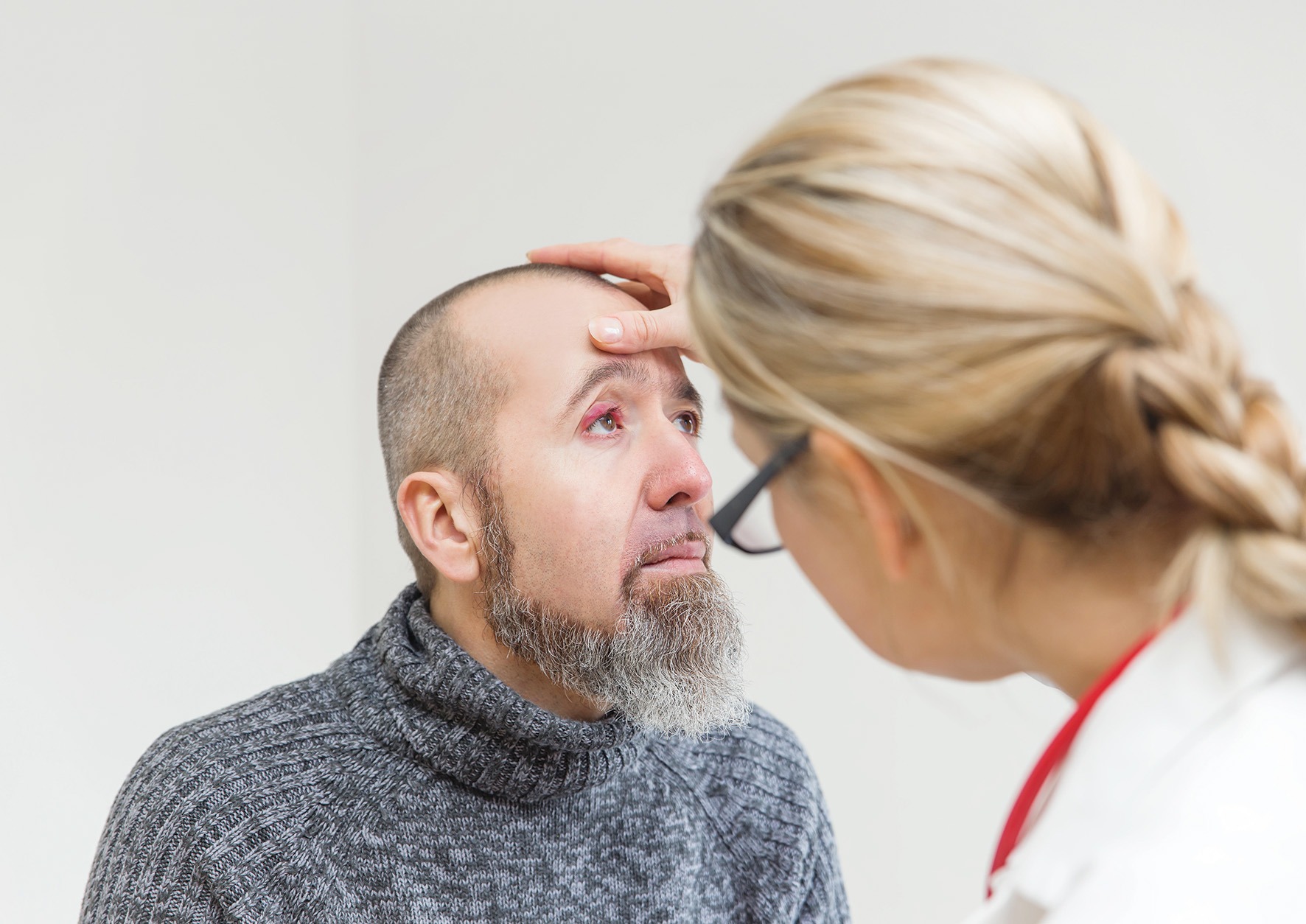Too many people are taking way too much Vitamin B6. Here are the risks of high doses and how the Therapeutic Goods Administration (TGA) is responding.
What is the concern about Vitamin B6?
High doses and/or prolonged use of Vitamin B6 above the recommended daily intake (RDI) have been linked to peripheral neuropathy. Most cases have been reported at doses exceeding 500 mg/day, although cases at lower doses have been reported.1
The TGA’s adverse events notification database contains 174 reports1 of peripheral neuropathy, peripheral sensory neuropathy, small fibre neuropathy or chronic polyneuropathy for products containing Vitamin B6.1
The primary concern is the risk of overconsumption of Vitamin B6 from a variety of sources, particularly in individuals using multiple multivitamin and supplement products.1
How many products have Vitamin B6 in them?
Lots! There are over 1,500 products listed on the Australian Register of Therapeutic Goods (ARTG) which contain Vitamin B6. Approximately 100 of these products have more than 50 mg of Vitamin B6 as the single active ingredient.
The inclusion of Vitamin B6 in these products is rarely prominently displayed. And labelling of Vitamin B6 is often not visible to or understood by consumers, instead being referenced as pyridoxine, pyridoxine hydrochloride, pyridoxal 5-phosphate and pyridoxal 5-phosphate monohydrate.1
What is the TGA doing?
The TGA Delegate has made an interim decision to amend the scheduling of medicines containing more than 50 mg of Vitamin B6 but less than 200 mg (per recommended daily dose) to classify them as Pharmacist Only Medicines (Schedule 3).
If the TGA Delegate’s interim decision is confirmed, the schedule changes will take effect on 1 February 2027.
What should pharmacists do differently?
Ensure all consumers are asked if they are taking multiple vitamin or mineral supplements every time a Vitamin B6-containing product is requested or supplied. Where this is the case, it’s important to consider total Vitamin B6 dose, including dietary sources, and ensure it does not exceed 200 mg daily.
Pharmacists should also warn of early signs of neuropathy, such as tingling, burning or numbness – and advise they cease the medicine and seek medical review if this occurs.
Should pharmacists still supply Vitamin B6 for use in pregnancy?
There are a couple of different treatment regimens for pyridoxine (Vitamin B6) tablets for nausea and vomiting of pregnancy which involve divided doses.2–4 Some references caution against quality of evidence and modest benefit.
The maximum daily dose should not exceed 200 mg. This upper dose is generally considered to be safe for the duration of pregnancy.
References
- Australian Government Department of Health, Disability and Ageing. Therapeutic Goods Administration. Notice of interim decision to amend (or not amend) the current Poisons Standard in relation to pyridoxine, pyridoxal or pyridoxamine (vitamin B6). 2025. At: www.tga.gov.au/sites/default/files/2025-06/notice-interim-decision-amend-or-not-amend-current-poisons-standard-pyridoxine-pyridoxal-pyridoxamine-vitaminb6.pdf
- Therapeutic Guidelines: Nausea and vomiting during pregnancy. 2025. At: www.tg.org.au
- Government of Western Australia. North Metropolitan Health Service Women and Newborn Health Service. Pyridoxine (Vitamin B6). 2024. At: www.kemh.health.wa.gov.au/~/media/HSPs/NMHS/Hospitals/WNHS/Documents/Clinical-guidelines/Obs-Gyn-MPs/Pyridoxine—Vitamin-B6.pdf?thn=0
- Safer Care Victoria. Medications to treat hyperemesis. 2025. At: www.safercare.vic.gov.au/best-practice-improvement/clinical-guidance/maternity/nausea-and-vomiting#goto-table1.-medications-to-treat-hyperemesis



 Team PSA 2026: Caroline Diamantis FPS, Prof Mark Naunton MPS and Bridget Totterman MPS[/caption]
Team PSA 2026: Caroline Diamantis FPS, Prof Mark Naunton MPS and Bridget Totterman MPS[/caption]
 A/Prof Fei Sim and Prof Mark Naunton[/caption]
A/Prof Fei Sim and Prof Mark Naunton[/caption]

 Clinical features
Clinical features  Warm compresses are the cornerstone of treatment, helping to soften the lesion, bring pus to the surface and encourage spontaneous drainage. A clean face cloth soaked in warm (not hot) water should be applied to the closed eyelid for 2–5 minutes, twice daily during the active phase. Once the stye begins to drain, any discharge should be gently wiped away using a clean, warm washcloth. After resolution, continuing warm compresses once daily may help prevent recurrence.2
Warm compresses are the cornerstone of treatment, helping to soften the lesion, bring pus to the surface and encourage spontaneous drainage. A clean face cloth soaked in warm (not hot) water should be applied to the closed eyelid for 2–5 minutes, twice daily during the active phase. Once the stye begins to drain, any discharge should be gently wiped away using a clean, warm washcloth. After resolution, continuing warm compresses once daily may help prevent recurrence.2 









